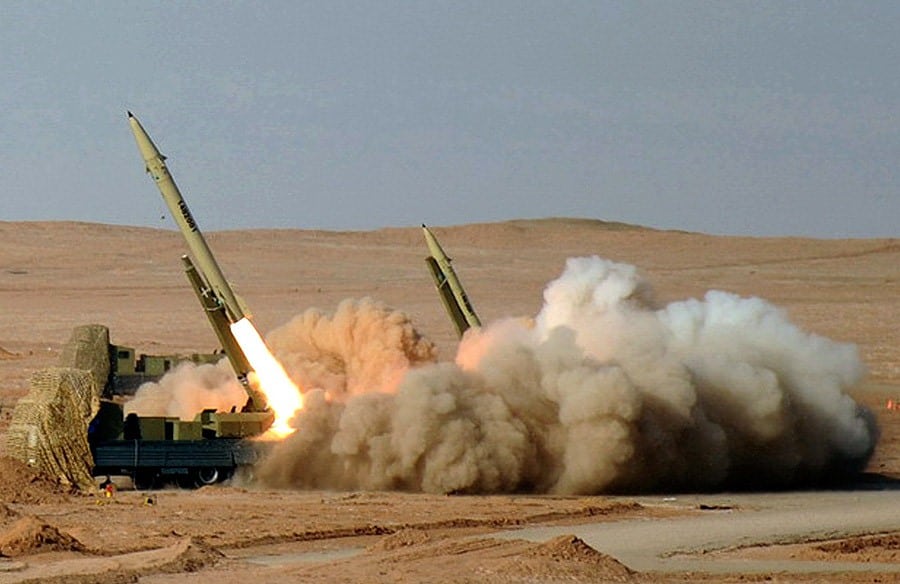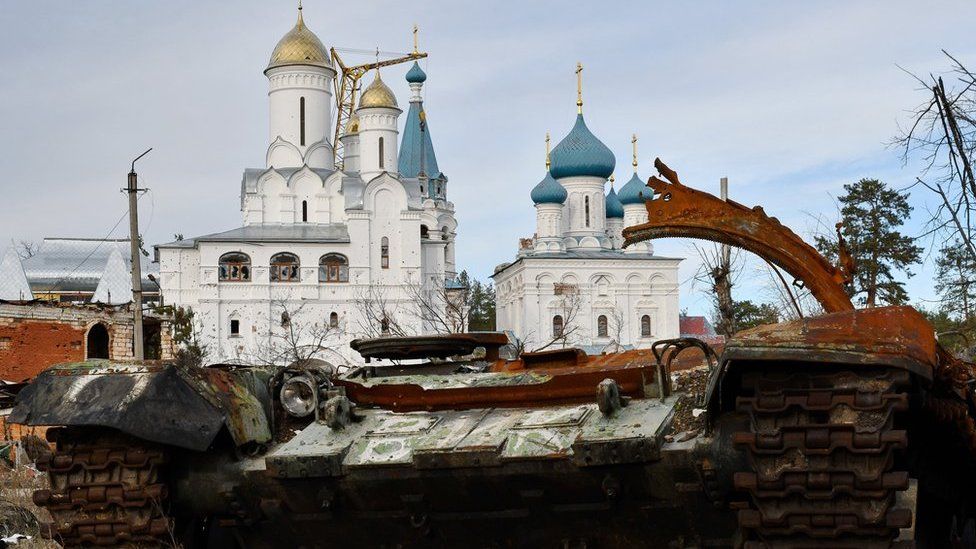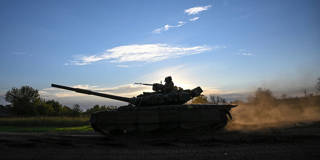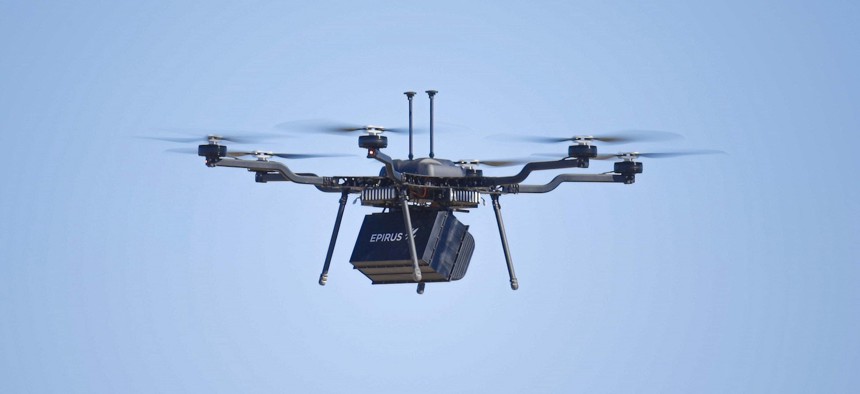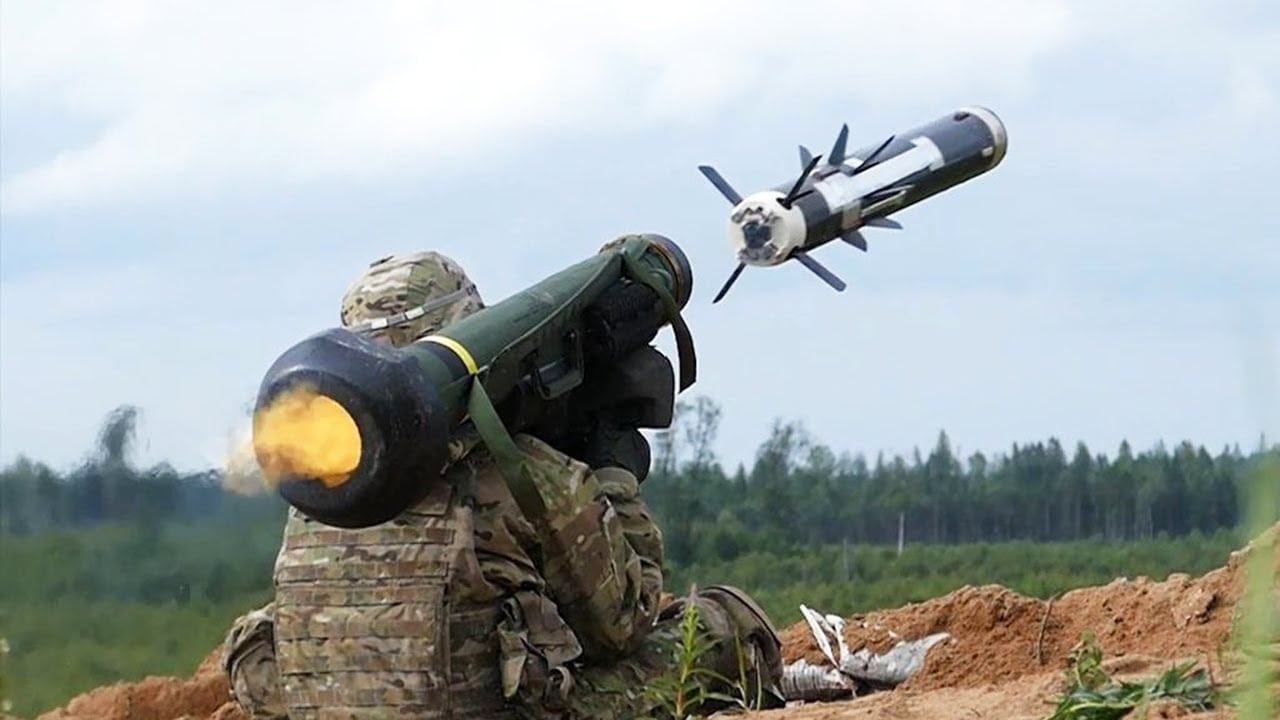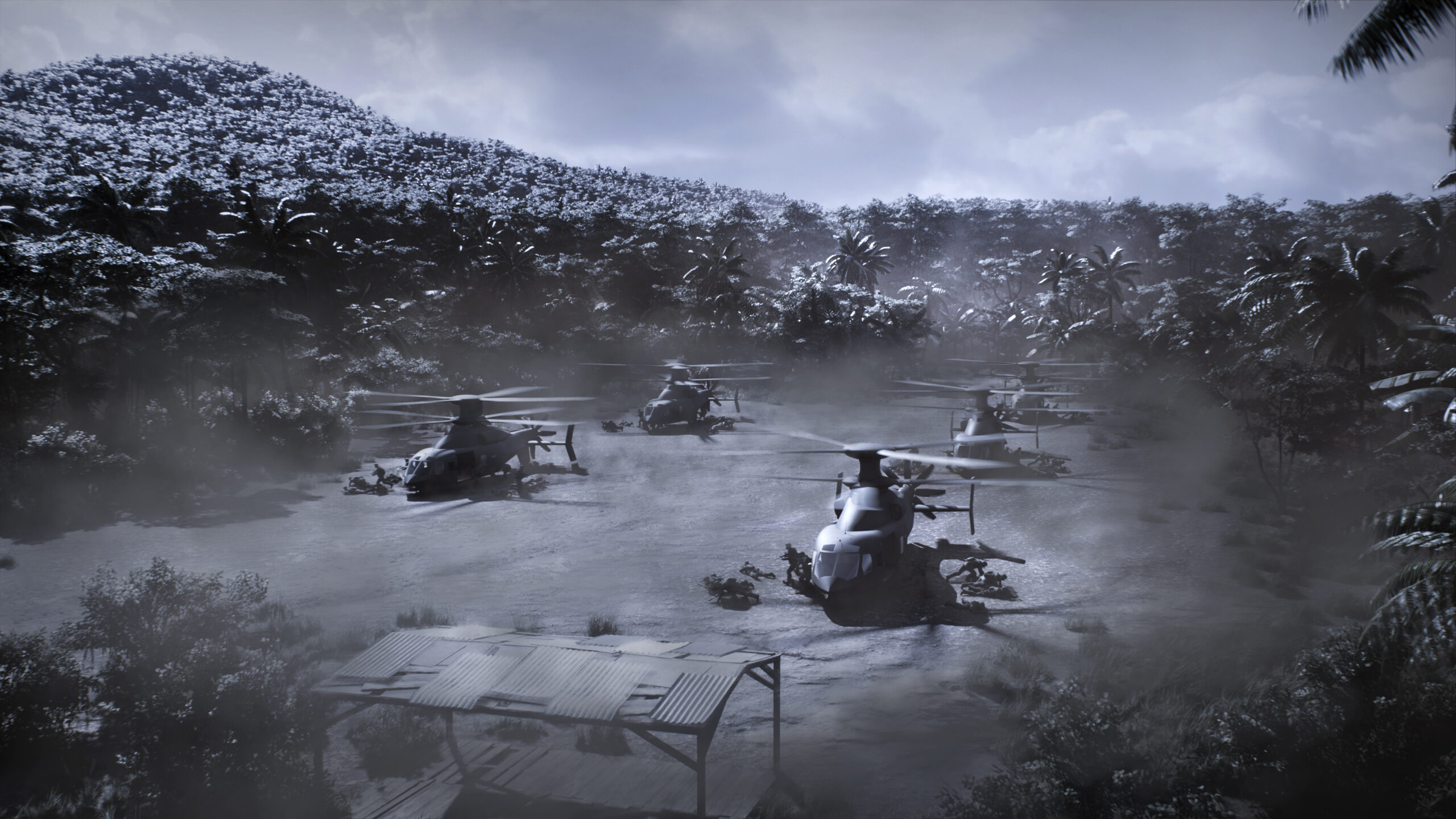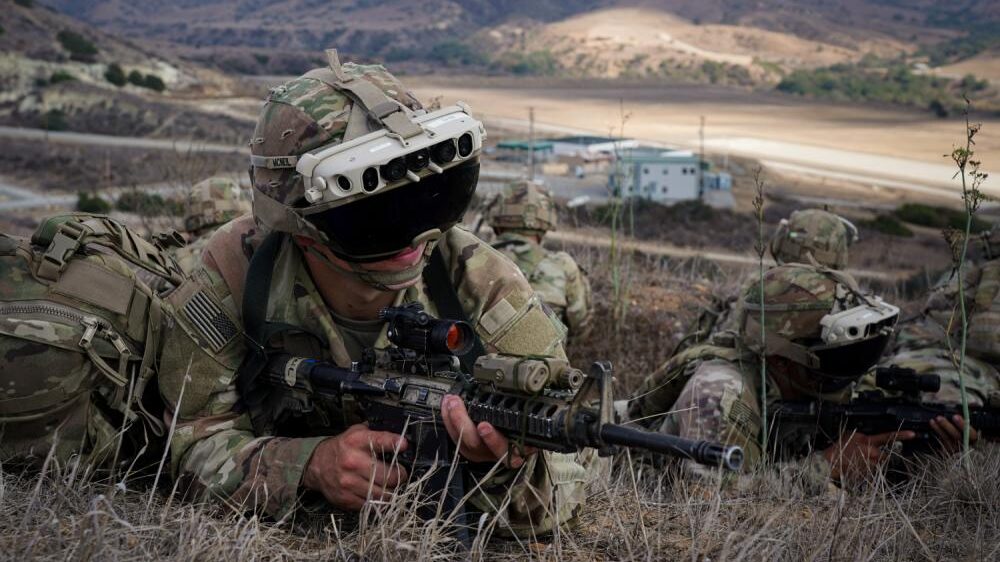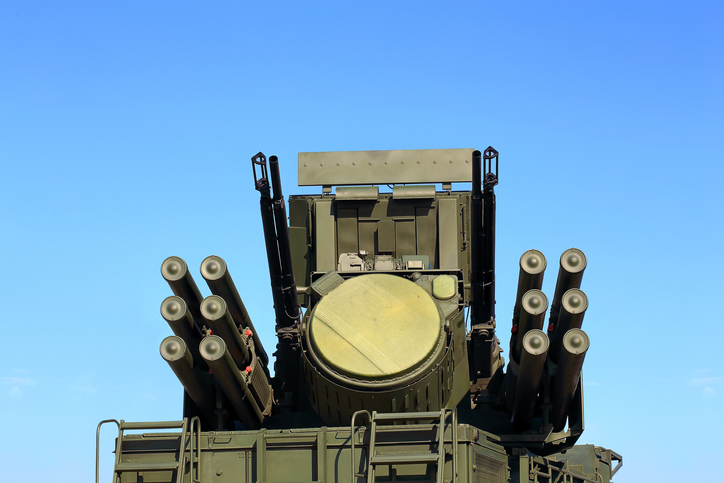HUSAIN HAQQANI AND APARNA PANDE

The latest clash between Indian and Chinese soldiers across the Line of Actual Control (LAC) is a reminder that China, under President Xi Jinping, plans to remain aggressive and assertive after the 20th Congress of the Chinese Communist Party. With limited and manageable conflict in the Himalayas, the Chinese are testing the will of the United States to check China’s muscle flexing and the strength of burgeoning American partnerships in the Indo-Pacific, especially the one with India.
In China’s reckoning, India is both its most likely Asian rival with a comparable population size and the least likely American military ally in the Indo-Pacific Quad (a loose grouping of U.S., Australia, Japan and India). Given India’s desire to maintain sovereign autonomy, China wants to provoke India into ending its current close relationship with the U.S. — a relationship that is not a military alliance.
Chinese leaders seem to believe that, faced with the prospect of an aggressive China on its land border, India will be further compelled to maintain a more balanced posture towards China and the United States. The U.S. goal, in such circumstances, should be to continue to persuade India to improve its military preparedness, hasten its military modernization and increase interoperability of military equipment in India’s use with American (and allied) systems.


